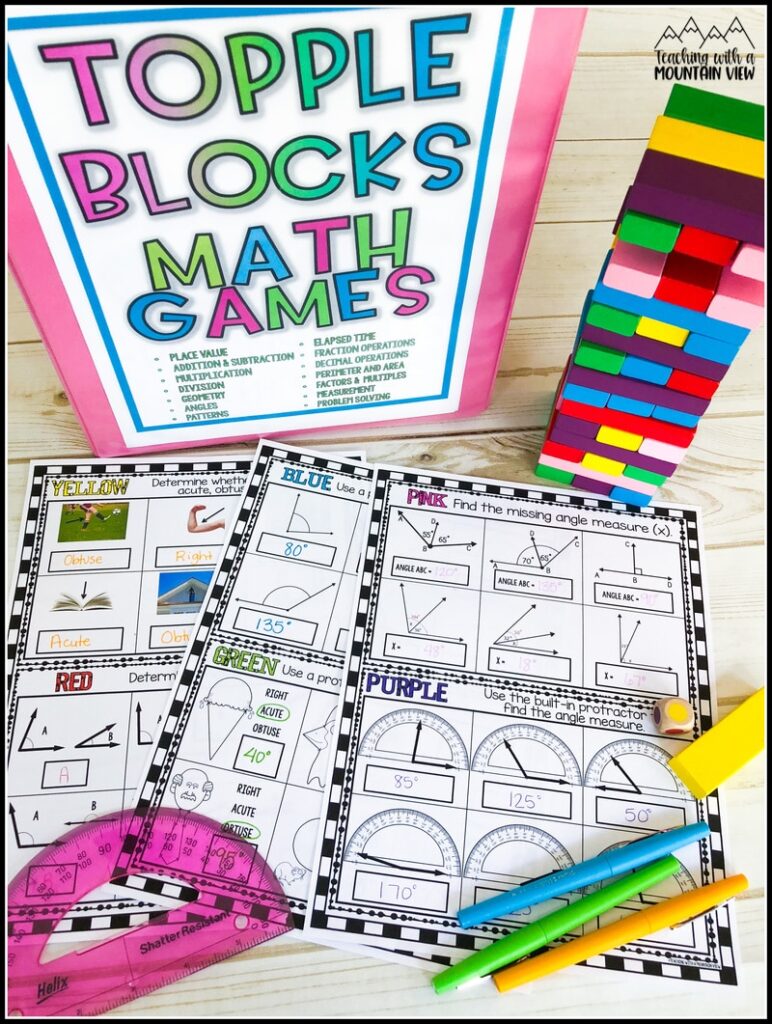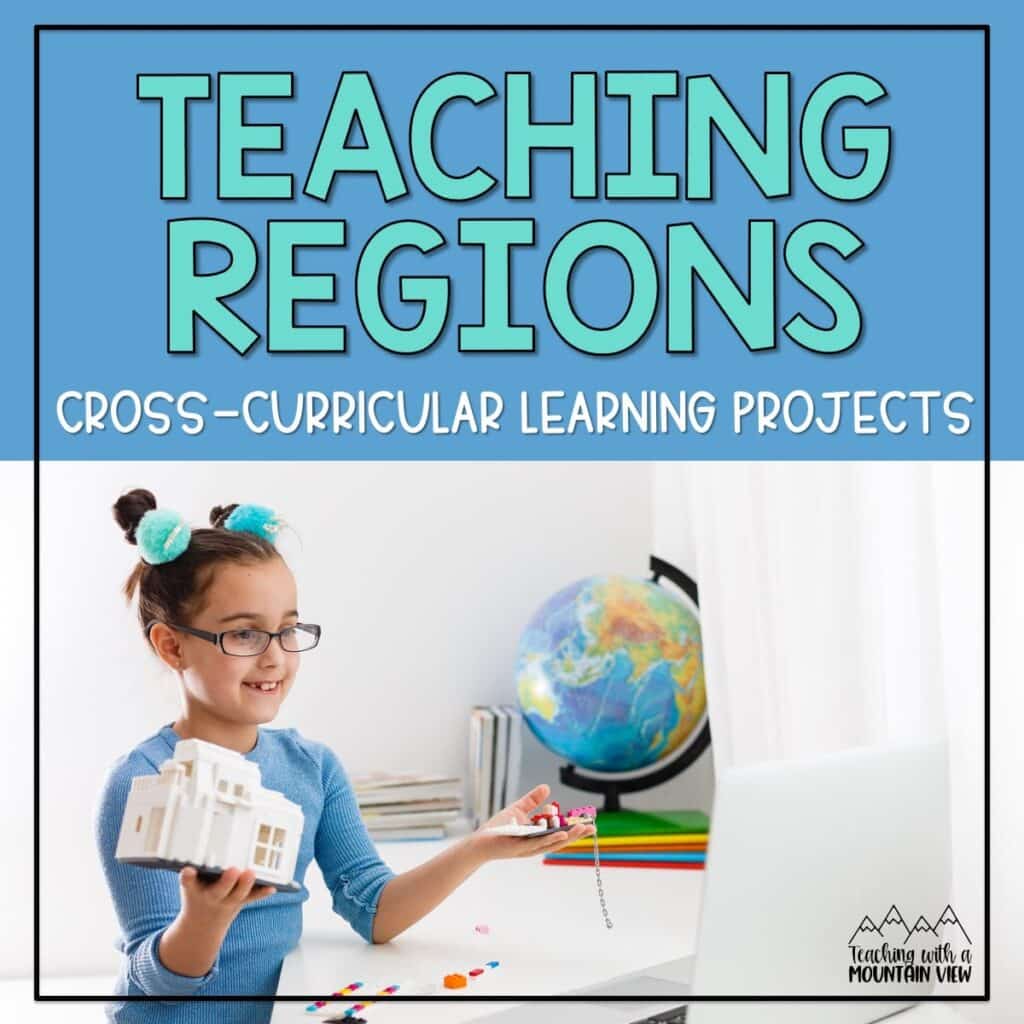Tips For Supporting Group Work and Collaboration
By Mary Montero
Share This Post:
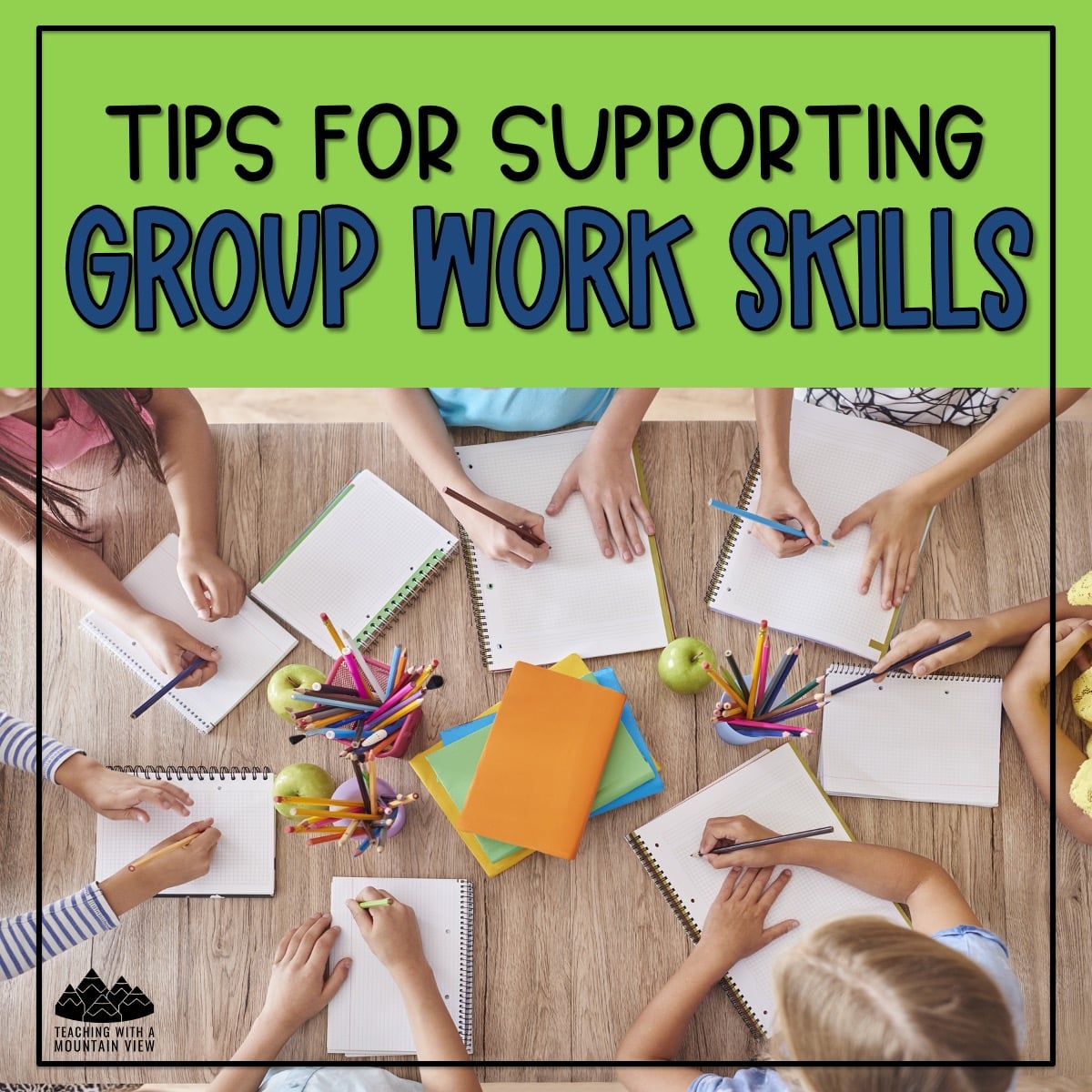
Group work. Collaborative projects. Team-based assignments. No matter what you call them, working together is an important life skill that doesn’t always come naturally to our students. We need to intentionally build in time for supporting group work in our classrooms. Does this question from our Free Inspired in Upper Elementary Facebook group sound familiar?
“My students worked on a group project this past week. I’m about ready to give up group work altogether. There was way too much ‘pass the paper, your turn, I’ll goof off.’ I walk over and say, ‘Why aren’t we all working?’ ‘I already did my part.’ I need an activity that will teach them proper group work skills and FORCE cooperation.”
I think many of us can relate, so here are various ideas to help your students learn to work together productively.
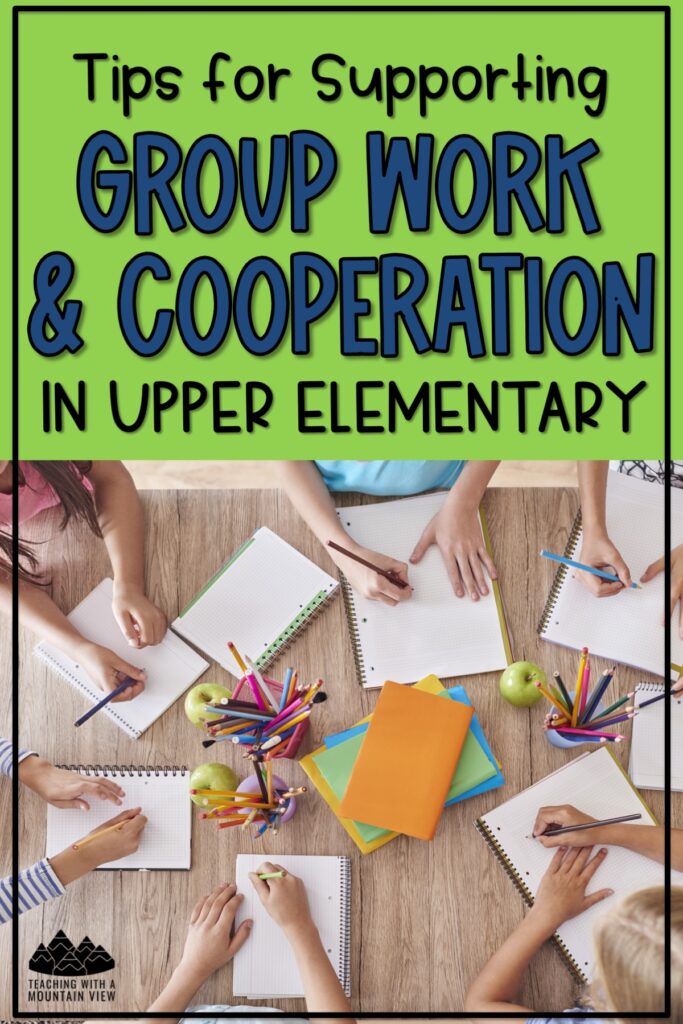
Teaching Tips for Supporting Group Work
Teaching group work can be a powerful tool to foster collaboration, critical thinking, and problem-solving skills. However, it isn’t always easy to effectively implement group work in the upper elementary classroom. Whether you’re a new teacher or a seasoned educator looking for fresh ideas with a challenging class, here are my tips for creating a positive and engaging group work environment that maximizes student learning.
Actively Teach Group Work Skills
Just like reading or math skills, I set aside time to actively teach collaboration skills, create expectations for group work together, and revisit them often! First, we make an anchor chart with the GROUPS acronym, which you can download for free in this post. I also include structured activities like the 100 Numbers Activity to guide this process.
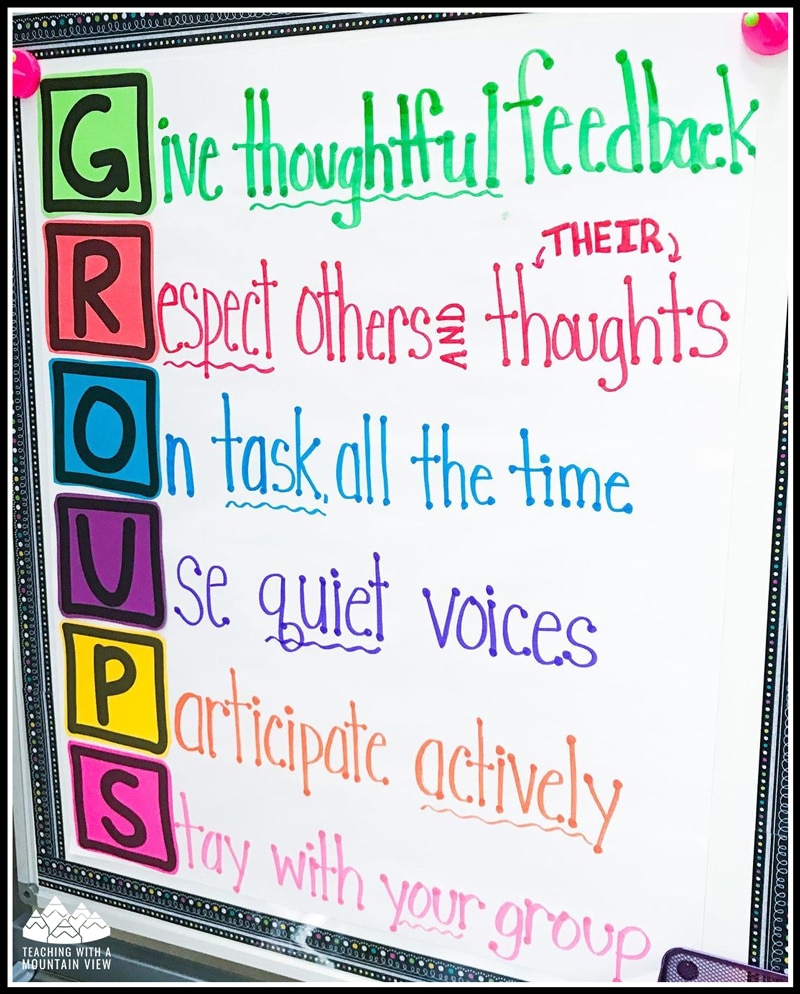
When students are ready for a little more challenge, I use this Paper Towel Challenge to connect collaboration skills with a fun and engaging STEM activity. You can do this activity in one day or over the course of a few different days. Either way, by the end of the activity, students will have learned about collaboration, the ground rules for collaboration in the classroom, and important skills needed for effective collaboration.
Provide Opportunities To Practice Collaboration
As we build our group work stamina, I gradually increase the length and difficulty of tasks. I also experiment with group size and makeup. For example, partner work is almost always easier than groups of five, so that’s a great place to start.
Once we’ve established our group work expectations, I provide frequent opportunities to practice our collaboration skills. In addition to using our group work skills on actual team-based assignments, I also review and refresh skills with activities that are specifically designed to practice the group work skill itself. STEM activities like Saving Fred, Spaghetti Tower, or Cup Stacking are fun challenges that require teamwork and collaboration.
Choose Group Work Assignments Wisely
Topple Block Games (Amazon affiliate link) are a staple group work activity that increase engagement every time. You can read more about how I use the blocks in this post, but it’s very similar to Jenga. Students take turns answering questions on task cards before they can pull a block, and ALL students write answers on recording sheets to keep everyone engaged and accountable. This Reading, Math, and Language game bundle has enough options for your students to play all year long!
When I’m looking for rigorous practice that’s so fun the students almost forget they’re learning, I turn to math projects! I have a passion for creating engaging, meaningful, real-world projects for my students to complete. My math projects and activities are often designed as enrichment and opportunities for teachers to differentiate their curriculum. Thousands of teachers around the world use these projects (which blows my mind!), and I hope you love them, too.
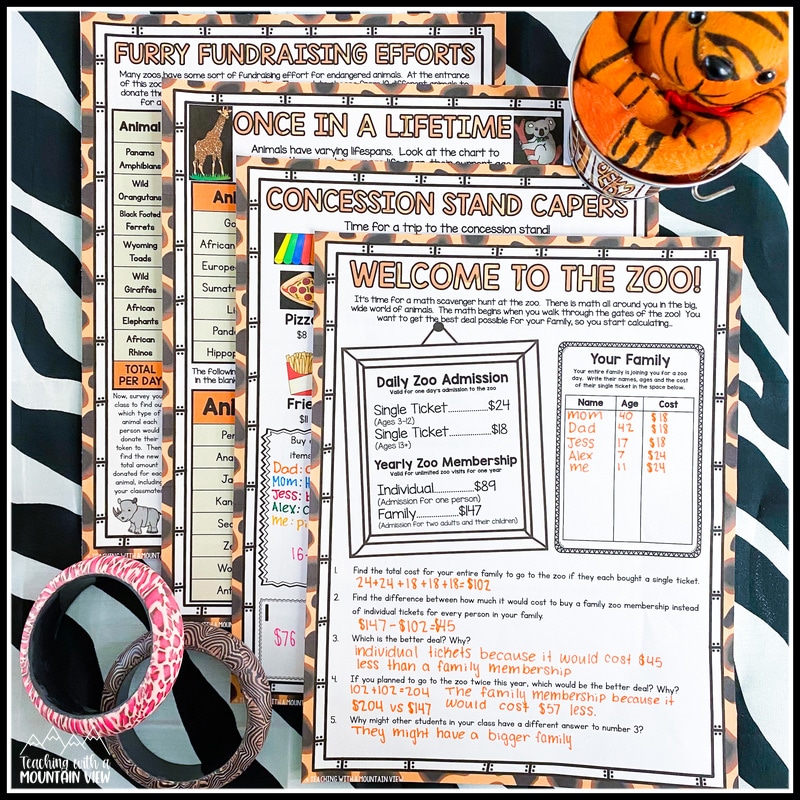
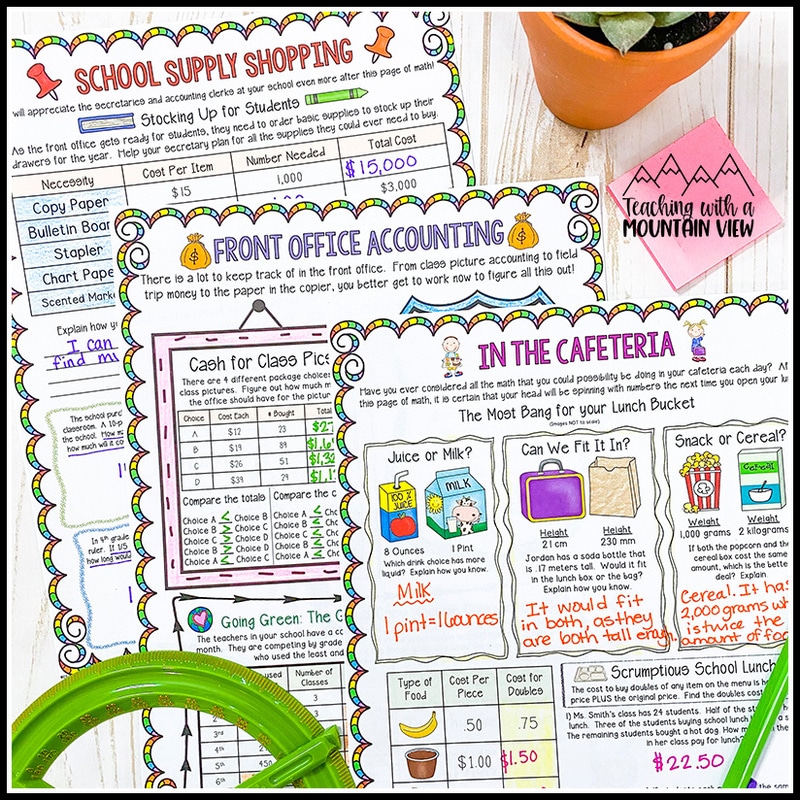
I also have reading projects that always get a student vote of approval! They’re the perfect option for teaching group work skills along with key upper elementary reading skills like inference, context clues, or point of view.
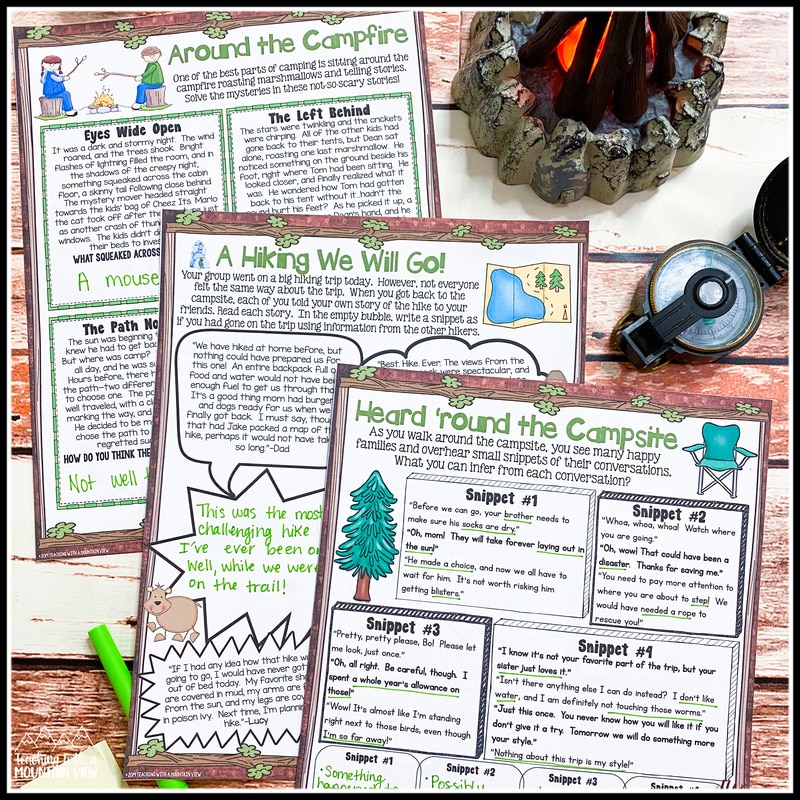
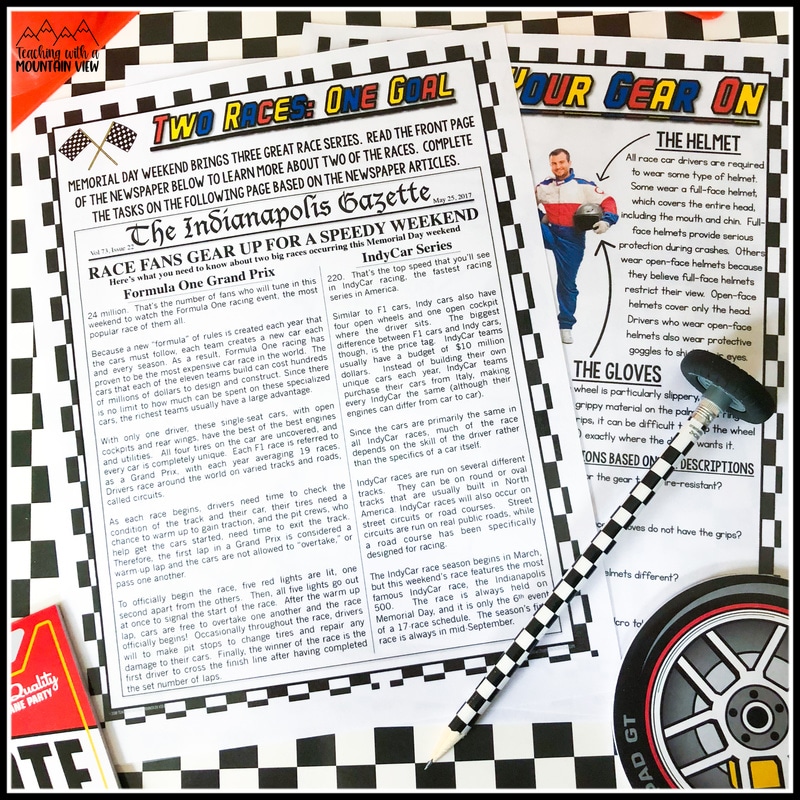
Finally, I began my teaching career in an International Baccalaurete school that focused on units of study, so I really love thematic teaching and cross-curricular learning projects! One of my units is all about teaching regions of the United States. We spend several weeks becoming tourists and learning all about regions in literacy, math, social studies, and science too!
More Suggestions For Supporting Group Work From Other Upper Elementary Teachers
Several teachers in our Free Inspired in Upper Elementary Facebook group also had great suggestions for supporting group work. You can read all of them here, but I also copy/pasted a few below!
“You may already do this, but I require each student in the group to use a different colored marker and then their job is to create a poster to teach the rest of the class whatever their concept is. I can tell how much each student contributed by how much of their color is on the poster. They also need to present and teach the concept to the rest of the class, so they usually have roles, they have to research, write and practice their script, etc. I usually provide an article or a reading assignment to get them started and then go from there. I am currently doing this in my fifth grade classroom where I have five groups and each group was given one of the United States regions to teach the rest of us. Jigsaw style teaching. My students really like these lessons! good luck!” – Patti R.
“Whenever I do group work, I always give them a rubric that has part of the grade for group work and part for individual work. In other words, they all have a job to do, so they all get grading specifically on their part. Then there is another part that they all do together that they get a grade for. In the group work part of the rubric, there is always the “worked well as a group, etc” categories, and on the individual one there is always “I stayed on task and was helpful to my group at all times, etc categories.” I explain to them that it’s very possible that in the same group, you can have members score an A and members score an F. It happens all the time.” – Liz C.
“I assign a project and a project plan. Students must complete the project plan that outlines what they will be doing for each part of the project and the actions they take (in order) to complete the project before beginning the actual project. They have their project plan out at all times so, if I do come around and see they aren’t working, I can prompt them to begin the next part of their project. I do not allow a divide and conquer approach when it comes to the whole project. (Students can each work on a part of every part if that makes sense). Everything requires input from every member. Groups of 3 are ideal. I will remove someone from the group if they aren’t working and they will do it by themselves if they are not contributing.
I used to think if I put kids in groups they would just all all work together and get it done. However, I’ve learned that group work expectations require explicit instruction, lots of practice and lots of patience. The more group assignments you do combined with consistent expectations the better your outcomes will be. When I created my projects, I also created a project plan on what I would ideally want my students to do and how I wanted them to work. I’d write down pain points that might occur and my plan to alleviate those. I realized after many years, group projects require lots of up front planning on my part, more than just the project idea, if my students were going to be successful.” – Meg E.
Kagan Structures were also highly recommended in our group!
By fostering collaboration, critical thinking, and problem-solving skills through group work, students are better prepared for lifelong success. I hope these tips for supporting group work help you create a positive and engaging group work environment that promotes active learning for everyone as your students learn, grow, and succeed together!
Mary Montero
I’m so glad you are here. I’m a current gifted and talented teacher in a small town in Colorado, and I’ve been in education since 2009. My passion (other than my family and cookies) is for making teachers’ lives easier and classrooms more engaging.








